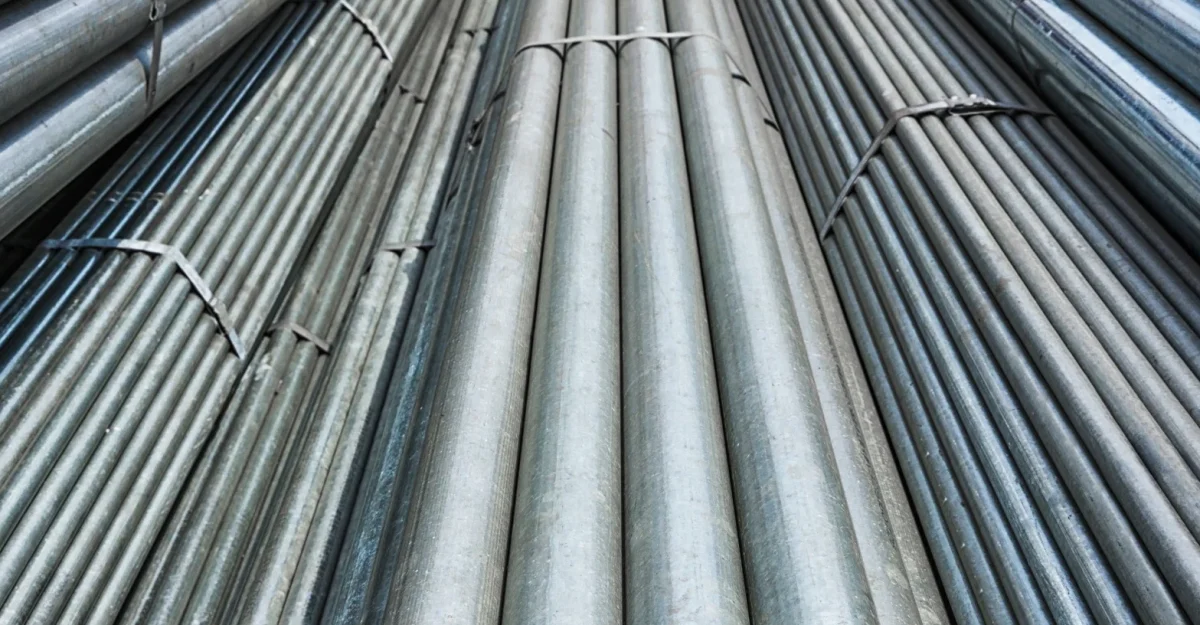The Future of HDPE Pipe: Advancing Infrastructure in Malaysia
As Malaysia continues its rapid urbanization and industrial development, the demand for durable, cost-effective, and environmentally sustainable piping solutions has never been higher. High-Density Polyethylene (HDPE) pipes have emerged as a preferred choice across multiple sectors, from water distribution and gas transportation to sewage systems and agricultural irrigation. The future of HDPE pipe technology promises even greater innovation and application, especially for industries reliant on reliable infrastructure. This article explores the future of HDPE pipe in Malaysia and how it’s set to revolutionize the country’s infrastructure landscape.
Why HDPE Pipe is Gaining Popularity in Malaysia
HDPE pipe in Malaysia has become synonymous with durability, flexibility, and long-term performance. Unlike traditional piping materials such as PVC, steel, or concrete, HDPE pipes offer resistance to corrosion, chemical exposure, and ground movement. These features make them ideal for Malaysia’s tropical climate and diverse geological conditions.
The advantages of HDPE pipe include:
High resistance to corrosion and abrasion
Flexible and lightweight, reducing installation costs
Leak-free joints using fusion welding
Long service life, often exceeding 50 years
Recyclable and environmentally friendly
Given these benefits, it’s no surprise that both public and private sectors are investing in HDPE piping systems to future-proof their projects.
Growing Applications Across Key Industries
The versatility of HDPE pipe in Malaysia has led to its adoption in a variety of industries:
Water Supply & Distribution: HDPE pipes are used for municipal water mains and rural water supply projects. Their leak-proof nature helps minimize water loss, an issue of increasing concern.
Sewer and Wastewater Systems: Resistance to chemicals and root intrusion makes HDPE ideal for underground sewer pipelines.
Oil & Gas: HDPE’s ability to withstand high pressures and harsh environments is a game-changer for the energy sector.
Agriculture: Farmers are increasingly switching to HDPE irrigation systems to enhance water efficiency and crop yields.
Innovation Driving the Future of HDPE Pipe
Technological advancement is a major factor shaping the future of HDPE pipe in Malaysia. Here are some key trends to watch:
1. Smart Pipe Technologies
With the rise of smart infrastructure, HDPE pipes are being integrated with sensors that monitor flow rates, pressure levels, and leakage. These intelligent systems provide real-time data, improving maintenance and reducing downtime.
2. Sustainable Manufacturing
As Malaysia pushes toward a greener economy, manufacturers are adopting eco-friendly production techniques. Many HDPE pipes are now being made from recycled materials without compromising quality or strength. This supports Malaysia’s sustainability goals under the Green Technology Master Plan.
3. Bimodal PE100-RC Pipes
The next generation of HDPE pipes, such as bimodal PE100-RC, are engineered for higher stress crack resistance and durability. These are particularly suited for trenchless installation methods, reducing the environmental footprint during construction.
4. Digital Design and Simulation
Advanced software tools allow engineers to simulate HDPE pipe performance under various environmental and mechanical conditions. This ensures optimal design and enhances long-term reliability for critical infrastructure projects.
Government Initiatives and Market Growth
The Malaysian government has recognized the importance of modern piping systems in achieving national development goals. Investments in water infrastructure projects, urban sewerage upgrades, and flood mitigation systems are boosting demand for HDPE pipe in Malaysia.
Additionally, under the 12th Malaysia Plan (2021–2025), there is a strong focus on infrastructure modernization, which includes water management and sustainable urban development. HDPE pipe manufacturers are expected to benefit significantly from these initiatives.
Challenges to Address
While the future of HDPE pipe in Malaysia looks promising, a few challenges need to be addressed:
Skilled Labor: The fusion welding techniques used in HDPE pipe installation require specialized training. More investment is needed in workforce development.
Awareness and Adoption: Smaller contractors and rural municipalities may still be unaware of the benefits of HDPE. Education and outreach efforts can help increase adoption.
Initial Costs: Although cost-effective in the long run, HDPE pipes may have higher upfront costs compared to traditional materials, which can deter short-term decision-makers.
Conclusion: A Pipeline to the Future
As Malaysia moves towards a digital, sustainable, and resilient future, HDPE pipes will play a central role in supporting national infrastructure. The adaptability, strength, and sustainability of HDPE make it the material of choice for future-forward projects.
Investing in HDPE pipe in Malaysia is not just a matter of meeting current demands—it’s about building systems that can withstand the challenges of tomorrow. With ongoing innovation, government support, and growing industry trust, HDPE is set to define the next era of infrastructure development across the nation.

